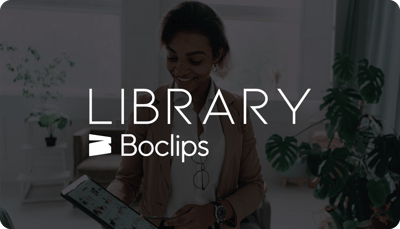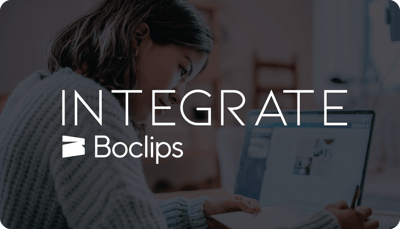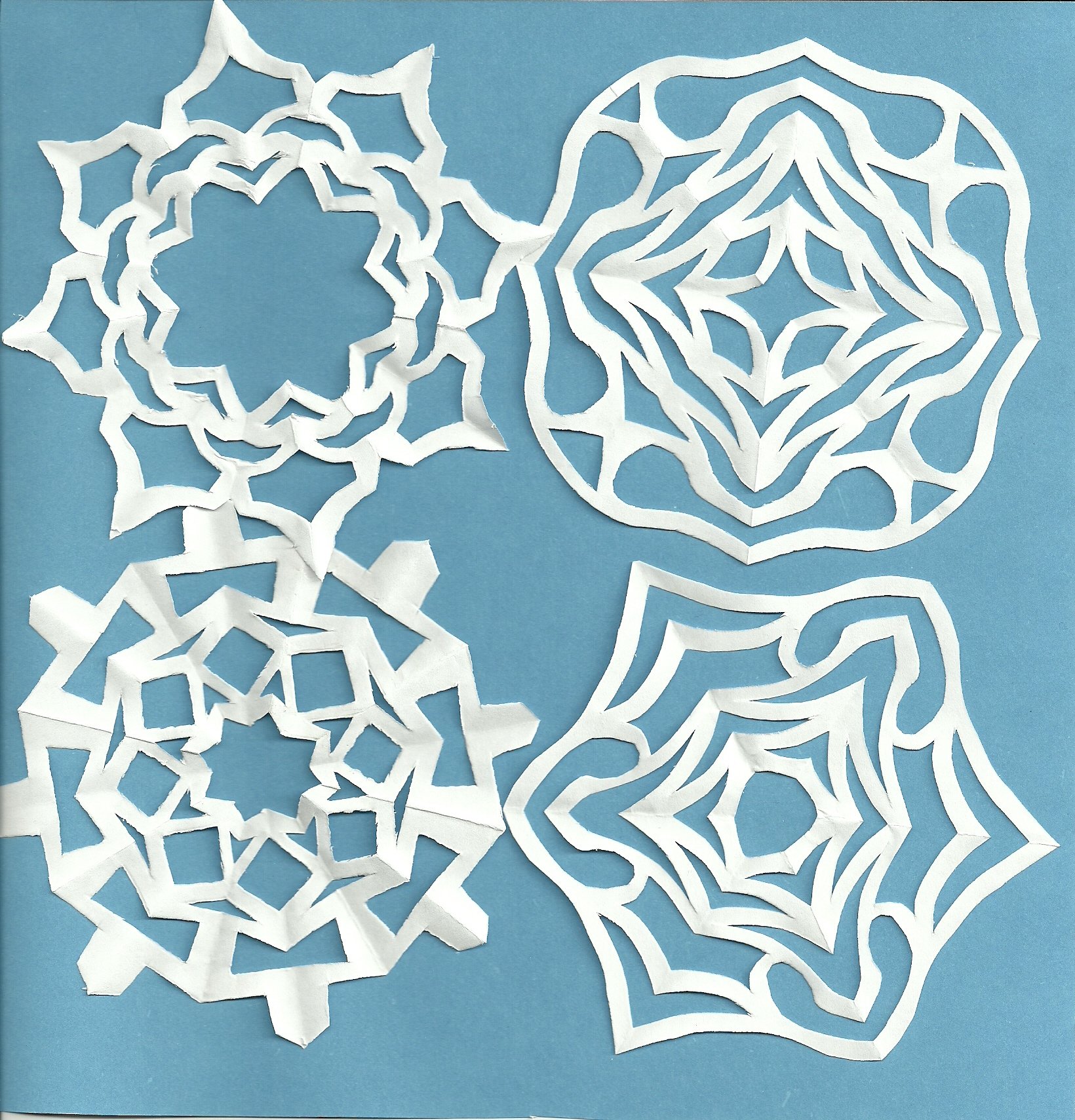As recently as twenty years ago, university and ongoing education courses relied on lectures and textbooks alone. Today’s students immerse themselves in course material through a wide range of multimedia resources and interactive courseware.
A multimedia or multimodal approach to learning is not only more interesting for students but also brings learning benefits. Multimedia tools and resources can help bring abstract concepts to life, boost student motivation and interest, and introduce large amounts of information efficiently, among other advantages.
As a courseware or instructional designer, you naturally want to bring all of these benefits to your students. Here are five practical ways to create a multimodal environment in your courseware:
1. As Examples and Inspiration
Educational videos and podcasts are great for introducing information from primary sources and providing supplemental information or context. Yet, multimedia resources can be used in many other ways beyond these popular applications. For example, have you considered using multimedia in courseware as inspiration for an assignment?
Consider using an educational video, news segment, podcast, or another multimedia resource as an example for students to emulate as they create their own version. When students plan, design, and create their own multimedia projects, they go through important learning processes. They must not only research new information, but also analyze, prioritize, and think critically when considering how to present it.
Some examples of projects might include:
- Create a video representing a historical event
- Plan and produce a podcast on a given topic
- Write and record an interview with a historical figure (one student can act as the historical figure)
- Create an interactive diagram to represent a concept
- Arrange and record an interview with an expert relevant to the topic of study
For all of these cases, the multimodal learning examples can serve directly in the courseware to support learning as well as to provide a model for student assignments. For example, students taking a course on the criminal justice system might listen to a podcast about community corrections and then create their own short podcast on a different but related topic, such as capital punishment.
2. Multimedia Communication
Interactions among students and between students and their instructor create rich learning experiences. Through discussion, students have the opportunity to challenge their beliefs, examine their assumptions, and discover new perspectives and ideas from other students and their instructor. In order to create as many opportunities for safe student-to-student communications in digital learning environments, courseware designers need to create opportunities for communication.
Multimedia communications are the best alternative to in-person interactions. Multimedia communications feature a variety of media inputs, from audio to video, text, and images, this type of communication emphasizes participation through various media methods. Some examples include videocalls enhanced with chat or live closed captioning, chats and forums enriched with emojis and GIFs, and digital presentations featuring powerpoints and videos. Multimedia communication can facilitate inspiring discussions and help students think critically.
3. Experiments and Engineering Exercises
Ideally, STEM classes would involve a lot of experiments, dissections, engineering exercises, the building of robots, and more. Yet, doing all of these activities can be costly over time, meaning that teachers may resort to doing only one or two projects or experiments per semester. This is where courseware designers can step in and offer multimodal online learning via educational videos, interactive online environments, AR and VR tools, and more. For example, students might use virtual manipulatives to complete math word problems. Or, medical students might practice identifying bones, arteries, or other body parts using an interactive model.
4. Break Up Text with Varied Multimedia Resources
Traditionally, textbooks break up passages of text with images. Today’s students expect video content to be a part of their learning experience. However, digital formats and courseware open a world of possibilities that goes beyond images and video. Courseware designers can use a wide range of multimedia including GIFs, podcasts, audio files, screencasts, educational videos, and real-world content.
These multimedia resources can complement texts by providing more context, background, or supplemental information. For example, courseware that is focused on history might include audio clips of historic speeches or clips from contemporary news programs. Other courses might feature real-world content such as news programs, satire, etc. Then, students can practice evaluating the reliability of the sources and analyze any conflicts of interest.
5. Virtual Field Trips
It’s not always possible for students to travel the world and experience historical, architectural, or geographical features in person. Yet, with online courseware, you can offer students 360-degree photos that help students feel like they are visiting a new place. Depending on the course you’re designing, you might include a 360 image of a volcano or archaeological ruins. Yet another idea is to create a virtual museum with artifacts relevant to the topic. Enhance the experience with audio that accompanies the virtual field trip, telling students where to look and what to notice.
Innovative course design teams may even get creative with assignments, having students rebuild architectural structures in Minecraft or other similar games.
Multimedia resources bring courseware to life, engaging and motivating students in new and innovative ways. How will you use multimedia in your courseware?
Let’s discuss! Get in touch with us on Facebook, LinkedIn, or Twitter and let us know your thoughts.
Rachel Peachey
Rachel is an education industry writer and former Montessori schoolteacher. Originally from Pennsylvania, Rachel lives in Guatemala with her husband and three children.
- #Classroom
- #Video in Digital Learning
- #Educational Videos
- #Tips for Using Video
- #Video Content Partners
- #Boclips for Publishers
- #Issues in Education
- #Educational Videos by Subject Area
- #News and Announcements
- #Events & Holidays
- #Video and Teaching Tools
- #Teaching Methodologies
- #Education Videos
- #Video and Digital Literacy
- #Short Educational Videos
- #Instructional Design
- #Multimodal Learning
- #Video and Student Safety
- #Accessibility in Education
-3.png?width=390&height=223&name=Untitled%20design%20(2)-3.png)


.png?width=1152&height=660&name=Copy%20of%20Untitled%20Design%20(1).png)



